Pololu 5V, 500mA Step-Down Voltage Regulator D24V5F5
In stock, ships same business day if ordered before 2PM
Fastest delivery: Tomorrow*
Disclaimer:
For next-day delivery, the shipping address must
be in the AusPost next-day network, eParcel Express must be selected, and the order must be placed
before 2PM AEST Mon-Thurs excluding NSW Public Holidays. Orders may be delayed due to AusPost
pickup timings and order verifications. eParcel Express is typically a 1-day service within the
AusPost next-day network, though it is sometimes 2+ days.
Quantity Discounts:
- 10+ $14.01 (exc GST)
- 25+ $13.57 (exc GST)
Recommended Essentials:
The D24V5Fx family of buck (step-down) voltage regulators generates lower output voltages from input voltages as high as 36 V. They are switching regulators (also called switched-mode power supplies (SMPS) or DC-to-DC converters) and have a typical efficiency between 80% to 93%, which is much more efficient than linear voltage regulators, especially when the difference between the input and output voltage is large. These regulators have a power-save mode that activates at light loads and a low quiescent (no load) current draw, which make them well suited for low-power applications that are run from a battery. The different versions of this regulator all look very similar, so the bottom silkscreen includes a blank space where you can add your own distinguishing marks or labels. This product page applies to all eight versions of the D24V5Fx family.
The regulators feature short-circuit/over-current protection, and thermal shutdown helps prevent damage from overheating. The boards do not have reverse-voltage protection.
If you need more output current, consider the very similar D24V10Fx family of step-down voltage regulators, which can deliver up to 1 A in several different output voltages.
The picture on the right shows a 1 A D24V10Fx regulator next to a 0.5 A D24V5Fx regulator and a common 7805 linear regulator in a TO-220 package.
Features
- Input voltage:
- 3 V to 36 V for output voltages of 1.8 V and 2.5 V
- [output voltage + dropout voltage] to 36 V for output voltages of 3.3 V and higher (see below for more information on dropout voltage)
- Fixed 1.8 V, 2.5 V, 3.3 V, 5 V, 6 V, 9 V, 12 V, or 15 V output (depending on regulator version) with 4% accuracy
- Maximum output current: 500 mA
- Typical efficiency of 80% to 93%
- 500 kHz switching frequency (when not in power-save mode)
- 200 µA typical no-load quiescent current
- Over-current and short-circuit protection, over-temperature shutoff
- Small size: 0.5" × 0.4" × 0.1" (13 mm × 10 mm × 3 mm)
Using the regulator
Connections
The buck regulator has four connections: shutdown (SHDN), input voltage (VIN), ground (GND), and output voltage (VOUT).
The SHDN pin can be driven low (under 0.4 V) to turn off the output and put the board into a low-power state. There is a 100 kO pull-up resistor between the SHDN pin and VIN, so if you want to leave the board permanently enabled, the SHDN pin can be left disconnected. While the SHDN pin is being driven low, the current draw of the regulator is dominated by the current through the pull-up resistor and will be proportional to the input voltage. (At 36 V, it will draw about 360 µA.)
The input voltage, VIN, powers the regulator. Voltages between 3 V and 36 V can be applied to VIN, but for versions of the regulator that have an output voltage higher than 3 V, the effective lower limit of VIN is VOUT plus the regulator’s dropout voltage, which varies approximately linearly with the load (see below for graphs of dropout voltages as a function of the load). Additionally, please be wary of destructive LC spikes.
The output voltage, VOUT, is fixed and depends on the regulator version: the D24V5F1 version outputs 1.5 V, D24V5F2 version outputs 2.5 V, the D24V5F3 version outputs 3.3 V, the D24V5F5 version outputs 5 V, the D24V5F6 version outputs 6 V, the D24V5F9 version outputs 9 V, the D24V5F12 version outputs 12 V, and the D24V5F15 version outputs 15 V.
The four connections are labeled on the back side of the PCB and are arranged with a 0.1" spacing along the edge of the board for compatibility with solderless breadboards, connectors, and other prototyping arrangements that use a 0.1" grid. You can solder wires directly to the board or solder in either the 4×1 straight male header strip or the 4×1 right-angle male header strip that is included.
Typical efficiency and output current
The efficiency of a voltage regulator, defined as (Power out)/(Power in), is an important measure of its performance, especially when battery life or heat are concerns. This family of switching regulators typically has an efficiency of 80% to 95%, though the actual efficiency in a given system depends on input voltage, output voltage, and output current. See the efficiency graph near the bottom of this page for more information.
In order to achieve a high efficiency at low loads, this regulator automatically goes into a power-save mode where the switching frequency is reduced. In power-save mode, the switching frequency of the regulator changes as necessary to minimize power loss. This could make it harder to filter out noise on the output caused by switching.
Typical dropout voltage
The dropout voltage of a step-down regulator is the minimum amount by which the input voltage must exceed the regulator’s target output voltage in order to ensure the target output can be achieved. For example, if a 5 V regulator has a 1 V dropout voltage, the input must be at least 6 V to ensure the output is the full 5 V. Generally speaking, the dropout voltage increases as the output current increases.
LC voltage spikes
When connecting voltage to electronic circuits, the initial rush of current can cause voltage spikes that are much higher than the input voltage. If these spikes exceed the regulator’s maximum voltage (36 V), the regulator can be destroyed. In Pololu's tests with typical power leads (~30" test clips), input voltages above 20 V caused spikes over 36 V.
If you are connecting more than 20 V or your power leads or supply has high inductance, Pololu recommends soldering a 33 µF or larger electrolytic capacitor close to the regulator between VIN and GND. The capacitor should be rated for at least 50 V.
More information about LC spikes can be found in Pololu's application note, Understanding Destructive LC Voltage Spikes.
People often buy this product together with:
 | Pololu 3.3V, 500mA Step-Down Voltage Regulator D24V5F3 |
 | Pololu 12V, 500mA Step-Down Voltage Regulator D24V5F12 |
 | Pololu 5V, 1A Step-Down Voltage Regulator D24V10F5 |
Dimensions
| Size: | 0.4" × 0.5" × 0.1"1 |
|---|---|
| Weight: | 0.6 g1 |
General specifications
| Minimum operating voltage: | 5.1 V2 |
|---|---|
| Maximum operating voltage: | 36 V |
| Maximum output current: | 500 mA |
| Output voltage: | 5 V |
| Reverse voltage protection?: | N |
| Maximum quiescent current: | 0.2 mA3 |
Identifying markings
| PCB dev codes: | reg16a |
|---|---|
| Other PCB markings: | 0J7990, blank white box |
Notes:
- 1
- Without included optional headers.
- 2
- For small loads; this voltage rises approximately linearly up to 5.6 V at 500 mA output.
- 3
- While enabled (SHDN = HIGH) with no load; while disabled it is proportional to the input voltage (360 µA when the input is 36 V).
File downloads
-
Pololu 500mA Step-Down Voltage Regulator D24V5Fx schematic diagram (163k pdf)
Printable schematic diagram for the D24V5Fx family of Pololu 500 mA step-down voltage regulators: D24V5F1, D24V5F2, D24V5F3, D24V5F5, D24V5F6, D24V5F9, D24V5F12, and D24V5F15.
-
Intersil ISL85415 regulator datasheet (1MB pdf)
-
3D model of the D24V5Fx Step-Down Voltage Regulator (3MB step)
-
Dimension diagram of the D24V5Fx Step-Down Voltage Regulator (241k pdf)
-
Drill guide for Pololu 500mA Step-Down Voltage Regulator D24V5Fx (20k dxf)
This DXF drawing shows the locations of all of the holes for the D24V5Fx family of Pololu 500 mA step-down voltage regulators: D24V5F1, D24V5F2, D24V5F3, D24V5F5, D24V5F6, D24V5F9, D24V5F12, and D24V5F15.
Exact shipping can be calculated on the view cart page (no login required).
Products that weigh more than 0.5 KG may cost more than what's shown (for example, test equipment, machines, >500mL liquids, etc).
We deliver Australia-wide with these options (depends on the final destination - you can get a quote on the view cart page):
- $3+ for Stamped Mail (typically 10+ business days, not tracked, only available on selected small items)
- $7+ for Standard Post (typically 6+ business days, tracked)
- $11+ for Express Post (typically 2+ business days, tracked)
- Pickup - Free! Only available to customers who live in the Newcastle region (must order online and only pickup after we email to notify you the order is ready). Orders placed after 2PM may not be ready until the following business day.
Non-metro addresses in WA, NT, SA & TAS can take 2+ days in addition to the above information.
Some batteries (such as LiPo) can't be shipped by Air. During checkout, Express Post and International Methods will not be an option if you have that type of battery in your shopping cart.
International Orders - the following rates are for New Zealand and will vary for other countries:
- $12+ for Pack and Track (3+ days, tracked)
- $16+ for Express International (2-5 days, tracked)
If you order lots of gear, the postage amount will increase based on the weight of your order.
Our physical address (here's a PDF which includes other key business details):
40 Aruma Place
Cardiff
NSW, 2285
Australia
Take a look at our customer service page if you have other questions such as "do we do purchase orders" (yes!) or "are prices GST inclusive" (yes they are!). We're here to help - get in touch with us to talk shop.
Have a product question? We're here to help!
Videos
View AllGuides
PiicoDev Magnetometer- Getting Started Guide
How to Drive High Power LEDs – 3W Aluminum Backed Star LEDs
The Maker Revolution
How to Use DC Regulators/Converters
Projects
Wireless QI Phone Charger Powered by Raspberry Pi
mmPi-Pico HAT
Solar Charging Station
Makers love reviews as much as you do, please follow this link to review the products you have purchased.

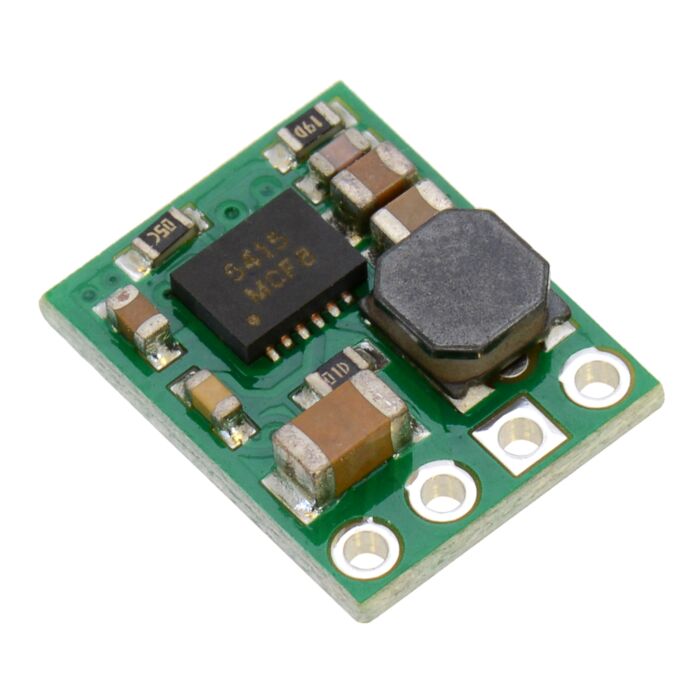

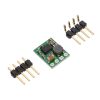
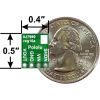



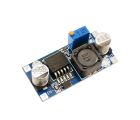





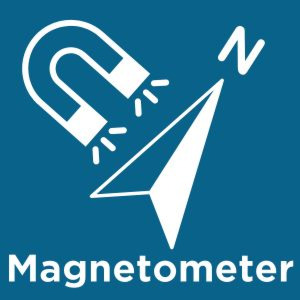
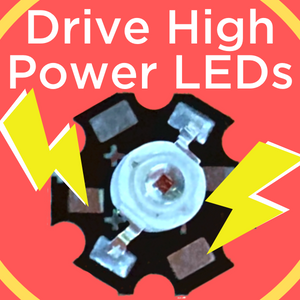


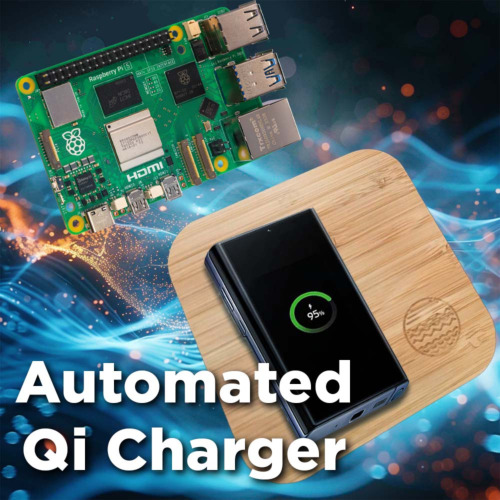
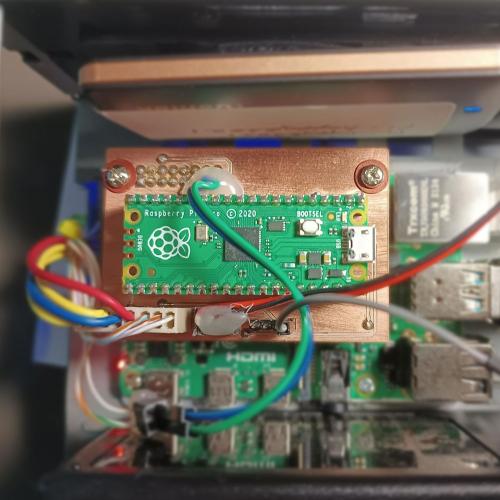


Product Comments